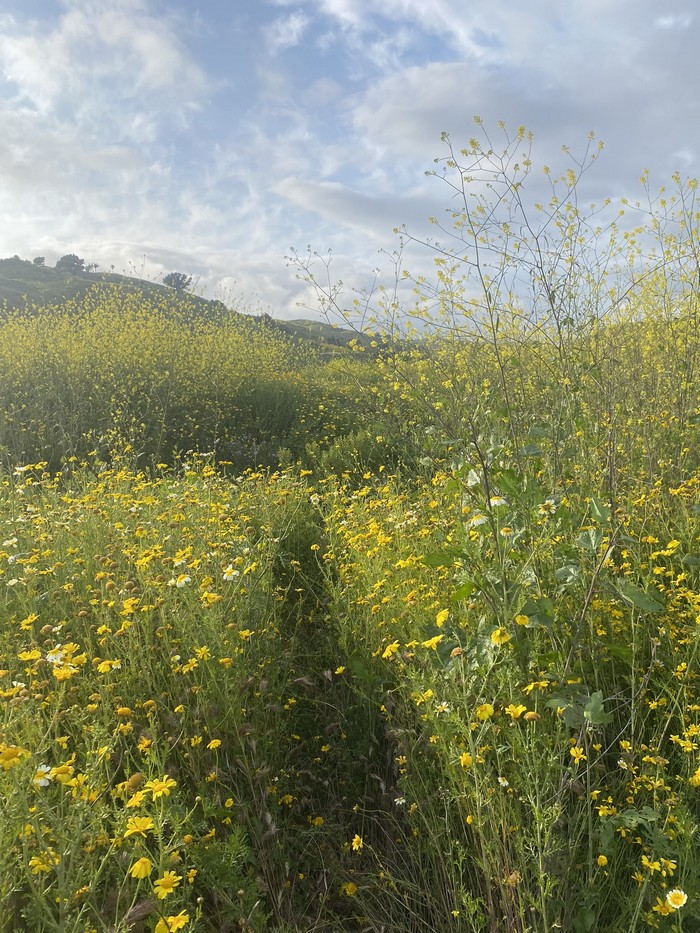Rains have resulted in heavy damage but robust growth of all plants.
Ventura Land Trust (VLT) has been awarded a $1.3 million grant from the Federal Emergency Management Agency (FEMA) for fuel load reduction and erosion mitigation in Harmon Canyon Preserve. The funded proposal is designed to mitigate wildfire risk between Harmon Canyon Preserve and the residential neighborhood of Clearpoint.
While winter rains have resulted in robust growth of waist-high lupine, perennial bunchgrasses, California peony, and coast live oaks, invasive plant species have also had a record year.
VLT has until May 2024 to reduce fuel loads primarily made up of invasive annual grasses, thistles, tumbleweed, and mustards, while minding the structural integrity of erosive slopes and the ecological conservation of the Preserve.
Stewardship Director Dan Hulst says, “Fuel load reduction in Harmon Canyon Preserve is something that VLT tackles every year as a wildfire mitigation strategy. The grant award from FEMA gives us a huge boost in resources to reduce the dense, herbaceous cover and shore up eroded areas.”
VLT has contracted with Wildscape Restoration to line trim key areas of vegetation and manually remove invasive plants around desirable native species. Goats and sheep from Ventura Brush Goats will graze zones dominated by one specific species to both reduce fuel loads and create areas where native plants can take root.
“We have a short period of time to address what are sometimes contradictory variables,” says Conservation Director Laura Pavliscak. “Reducing fuel loads while protecting steep slopes can be challenging.”
“We want to leverage the ecological benefits of this once-in-a-decade native plant growth to support the goal of the project, and that takes a lot of detailed resource monitoring and strategy. We’re focusing on the removal of Mediterranean annual grasses, which are the most dangerous fuels, the least protective against erosion on slopes, and most prohibitive to native biodiversity.”

